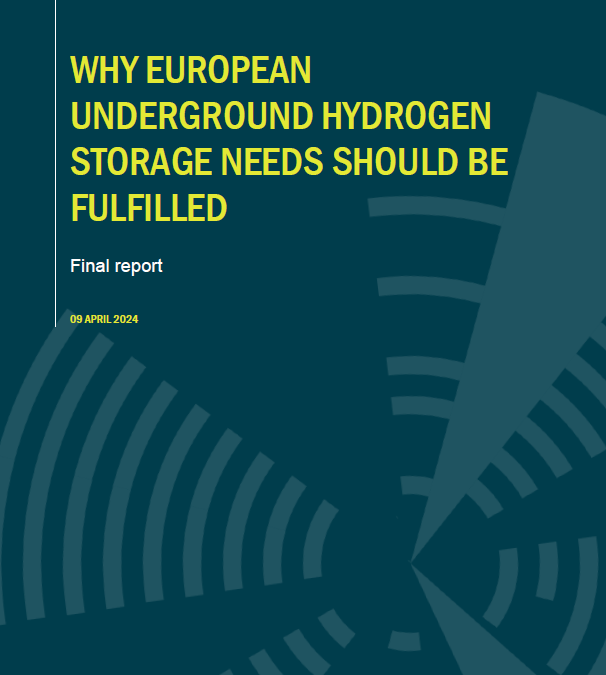Artelys was commissioned by Gas Infrastructure Europe (GIE) to assess the 2030 and 2050 needs for Underground Hydrogen Storage (UHS) in an optimized European energy system, as well as the potential cost savings achievable thanks to an ambitious development of UHS in 2030. In this study, Artelys Crystal Super Grid was used to jointly optimise the hourly energy dispatch along with investment decisions for both a Pan-European hydrogen infrastructure (storage, cross-border pipelines, electrolysers) and power flexibilities (interconnections, batteries, peakers). In particular, this work relies on the integrated modelling of the coupled hydrogen and power layers under assumptions that underpin REPowerEU ambitious in 2030, and the target of a net-zero EU economy in 2050. Key modelling outcomes highlight a need for a 45 TWh LHV storage capacity as early as 2030 (working gas volume), which represents a gap of 36 TWh LHV with the foreseeable pipeline of UHS projects. Complementary simulations showed that filling this gap will lead to investment and operation cost savings that represent 2.5 billion euros per year.

Recent Comments